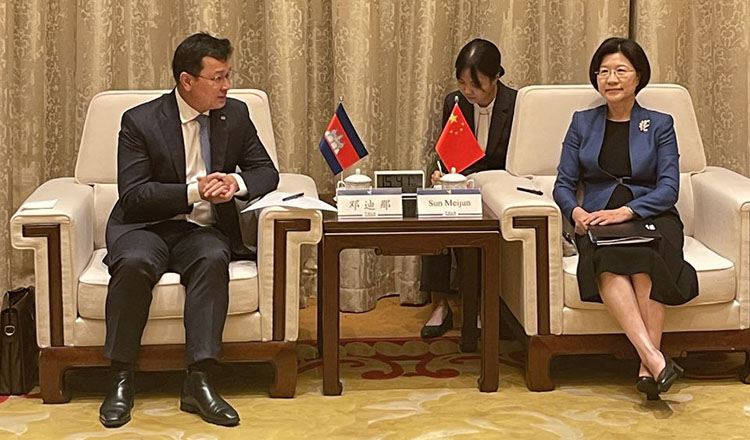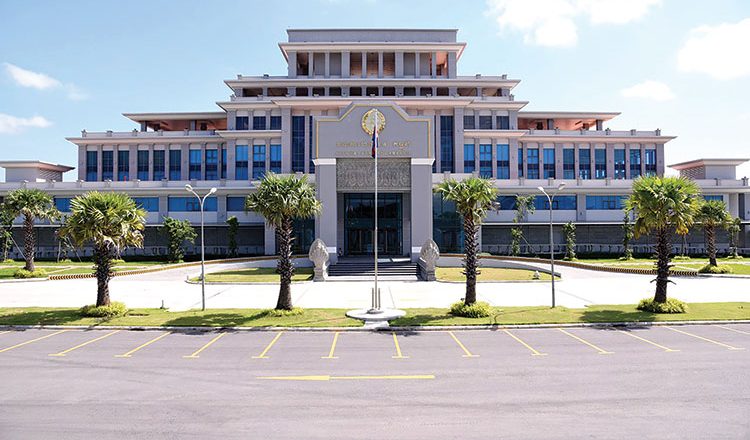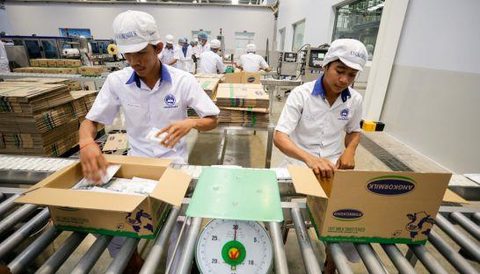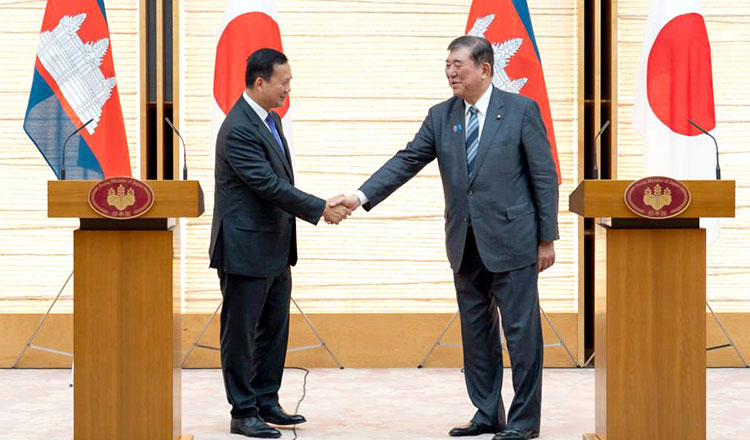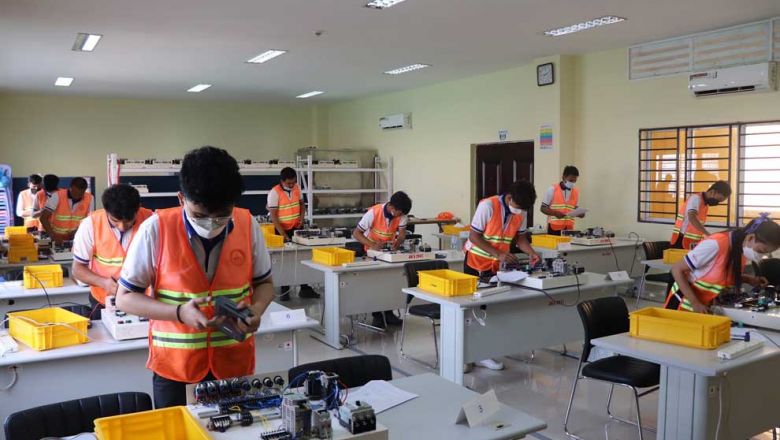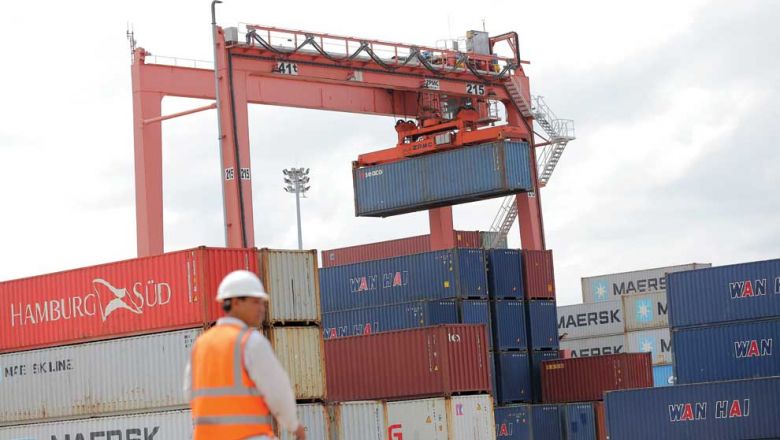Customs strategies for 2024-28 outlined
Customs strategies for 2024-28 outlined
The General Department of Customs and Excise (GDCE) recently convened with representatives from five significant development partners. Their collective goal was to refine and enhance the “Customs Reform and Modernisation Strategy 2024-28”, set to be initiated on January 1.
Their 7th meeting, held at the Nation Customs School last week, witnessed participation from GDCE director-general Kun Nhem, along with delegates from the Japan International Cooperation Agency (JICA), International Monetary Fund (IMF), Asian Development Bank (ADB), EU delegation to Cambodia, and UN Development Programme (UNDP), alongside various customs and excise officials.
Beyond presenting past accomplishments under the “Customs Reform and Modernisation Strategy 2019-23”, the meeting aimed to gather insights and feedback to further enrich the draft for the 2024-28 strategy.
Nhem said the upcoming strategy is pivotal for GDCE’s ongoing efforts to modernise customs operations. He spotlighted its importance in facilitating trade, enhancing business investments, accumulating revenue and preserving national welfare by countering transnational crimes.
“We greatly value the collaboration of our diverse development partners,” Nhem said, acknowledging their crucial roles in GDCE’s previous successes.
Key milestones achieved under the 2019-23 strategy were showcased during the session. These included improved revenue collection methods, streamlined customs processes, and the effective roll-out of the National Single Window (NSW) initiative phases 2 and 3, among other accomplishments. This strategy is poised to conclude by the end of 2023.
Aligning with the evolving economic and societal landscape, and in tandem with the government’s Pentagonal Strategy-Phase 1, the GDCE’s vision for 2024-2028 encompasses six strategic pillars: Efficiency in revenue collection; trade facilitation and customs cooperation; compliance and law enforcement; legal and regulatory framework enhancement; advancements in information technology systems; and amplification of institutional capacities.
Following the GDCE’s presentation, partner representatives commended the GDCE’s progress. They collectively agreed on the comprehensiveness of the strategy, emphasising its alignment with present socio-economic trajectories.
According to the GDCE’s international commodity trade statistics, from January to August, Cambodia’s trade volume with its partners stood at $31.972 billion, indicating a 14.52 per cent downturn from the the same period last year. Exports edged up by 0.32 per cent to $15.692 billion, whereas imports registered a decline of 25.2 per cent at $16.28 billion compared to the same term the previous year.


